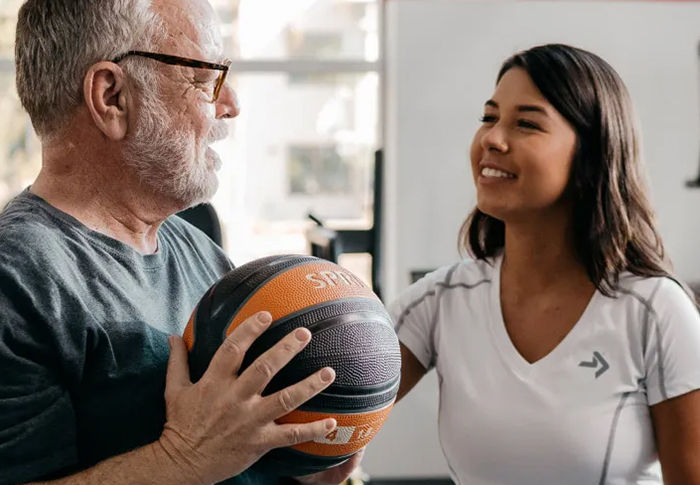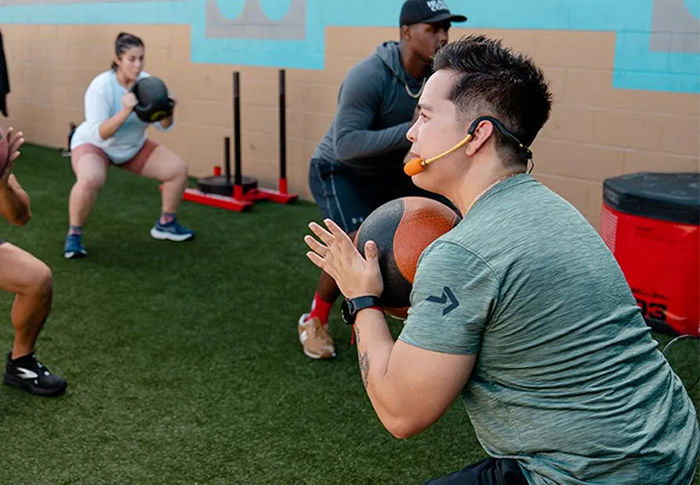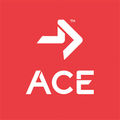|
Key Takeaways This blog presents youth hydration guidelines, looks at sports drinks vs. water and shares the AAP hydration recommendations:
To learn how to develop programs for young clients, become an ACE Youth Fitness Specialist. |
Driven to excel, many youth athletes push through sports practices and games to the point of exhaustion. While this physical exertion can benefit cardiovascular and muscular fitness, a developing competitive spirit and a child’s enjoyment of the game, without appropriate attention to hydration, youth athletes can suffer serious consequences, especially when exercising in hot and humid environments.
Coaches, athletic trainers, pediatricians, parents and even youth athletes know that kids need to drink fluids during physical activity. Many textbooks describe how kids are more vulnerable than adults when it comes to regulating body temperature and staying ahead of thirst, so kids drink up—frequently reaching for sports drinks, energy drinks and other flavored beverages rather than water. In one study, more than 50% of adolescents consumed sports drinks and 42% had consumed sports drinks in the two weeks preceding the survey. Overall, sports drink consumption is decreasing for all sex, age and race/ethnicity categories, but has not decreased for children with obesity and has increased for children watching more than two hours of television per day. While in some cases sports drinks (but not energy drinks) may provide benefits to youth athletes, in other cases the reliance on sweetened beverages does little more than negate the health benefits of exercise and contribute to the worldwide problem of childhood obesity.
In an effort to clear up confusion and guide pediatricians, coaches, parents and youth-fitness professionals, the American Academy of Pediatrics (AAP) published two important articles related to optimal hydration for youth athletes: (1) a policy statement on heat stress and exercise and (2) a clinical report on sports drinks and energy drinks for children and adolescents. In addition, the AAP has launched a webpage dedicated to choosing water for healthy hydration. Some of the findings and recommendations are somewhat surprising, while others reiterate common precautions. Here is a brief recap of their major conclusions and recommendations:
- Contrary to previous thinking, kids do not have a less-effective ability to regulate body temperature and tolerate high levels of physical exertion when exercising in the heat compared to their adult counterparts, as long as they maintain appropriate hydration. This conclusion is a major departure from the previous caution that kids innately have a poor ability to regulate body temperature.
- Most kids can safely participate in outdoor sports and other physically challenging endeavors in a variety of climates, including warm to hot conditions. However, in addition to ensuring adequate hydration, coaches, parents and other supervising adults need to ensure that children are allowed sufficient recovery between workouts, same-day training sessions or rounds of sports competition; that they wear appropriate clothing, uniforms and protective equipment (when necessary) so as to not retain excessive heat; and that the adults key in to each child’s fitness level and gradually (rather than abruptly) increase exercise exertion.
- Proper hydration is essential for optimal health and athletic performance. In many cases, plain water should be the primary source of hydration for children and adolescents. The AAP recommends that children aged 1 to 3 years old need about 4 cups of fluid per day, children 4 to 8 years of age need about 5 cups of fluid per day, and children aged 9 and older need about 7 to 8 cups of fluid per day. However, it should be noted that actual fluid intake amounts should be individualized depending on environmental conditions and physical-activity levels. Thirst is generally a good guide in determining intake. A more precise method of monitoring hydration status is to weigh the child both before and after exercise. The goal is to avoid weight loss following a single bout of activity. In children, the negative effects of dehydration on performance may occur sooner than in adults—occurring with as little as a 1% decrease in body weight. The following process can be used to determine fluid intake needs based on post-exercise weight loss:
Record pre-exercise weight*: _____ lb
Record post-exercise weight: _____ lb
Subtract post-exercise weight from pre-exercise weight: _____ lb
Multiply pounds lost during exercise by 3 to determine how much fluid to replace after exercise: _____ cups
It’s also a good idea to measure how much water was consumed during exercise and adjust intake accordingly. For example, if an athlete consistently loses weight during exercise, they can increase their consumption of water during exercise rather than focusing on replacing fluid afterward.
*Have athletes weigh themselves in the same clothes when recording the pre- and post-exercise weight, noting that dry clothes at the start of exercise may be heavier after exercise when they are soaked with sweat. It may be best to have them change into dry clothes after practice that are similar to what they wore for the pre-exercise weigh-in.
- Sports drinks—beverages containing carbohydrates, protein, or electrolytes—play a role in ensuring appropriate hydration and nutrition for optimal performance in combination with water during intense and prolonged exercise lasting more than one hour. However, routine consumption of sports drinks for the average child engaged in routine physical activity, or in place of water in the lunchroom or at home, can lead to excessive caloric intake and increased risk of overweight and dental problems. This has become an especially widespread problem as sports drinks have replaced soda in school vending machines and cafeterias. According to the AAP, water is best drink choice for kids for three simple reasons: (1) it’s super healthy, as water has 0 calories and no added sugar; (2) it’s good for the body, as water helps keep joints healthy, is good for the teeth and helps blood circulate; and (3) it’s good for the mind, as staying hydrated helps concentration and focus. When exercising vigorously or sweating, children from 9 to 12 years of age should drink 3 to 8 ounces of water every 20 minutes to maintain hydration and teens need to consume about 34 to 50 ounces per hour.
- Energy drinks—beverages containing caffeine in addition to carbohydrate—should be avoided. While caffeine may provide performance benefits for adults, its effects have not been well studied in children. Furthermore, it is difficult to know the true caffeine content for many drinks. Some may contain as much as 500 mg, which is equivalent to about 14 cans of soda. A lethal dose of caffeine is somewhere around 100 to 200 mg per pound of body weight (therefore, the impact of caffeine is most significant for younger and lighter kids), but caffeine toxicity can occur at much smaller doses. Overall, parents, coaches and schools should not offer or allow children to drink energy drinks. Energy drinks pose potential health risks primarily because of their stimulant (caffeine) content and are never safe for children.
It is also important for youth coaches and parents to understand and recognize signs and symptoms of dehydration and to respond appropriately when needed to prevent heat-related illnesses such as heat stroke and heat exhaustion.
Signs and Symptoms of DehydrationChildren
Flushed skin
Irritability and sleepiness
Dark-colored urine or less urine (should be almost clear)
Sticky mouth or dry lipsTeens
Lightheadedness
Dry mouth or lips
Thirst
Cramps
Dark-colored urine or less urine (should be almost clear)
Rapid pulse
Headache
Flushed skin
Feeling excessively cold or hotIf you are concerned about heat-related illness or dehydration, don’t hesitate to call a medical provider. If a child becomes unresponsive or extremely lethargic, vomits, complains of abdominal pain or stops sweating, head directly to the emergency room or call 911.
Final Thoughts
Large Gatorade coolers and various other sports drinks have become hallmarks at youth sporting events and in many places have displaced water as the go-to drink. While sports drinks may be necessary for certain athletes performing high-intensity and prolonged exercise, water remains the ideal beverage to optimize hydration, control body temperature in challenging climates, and set the stage for a successful physical pursuit for active youth.




 by
by 






 by
by